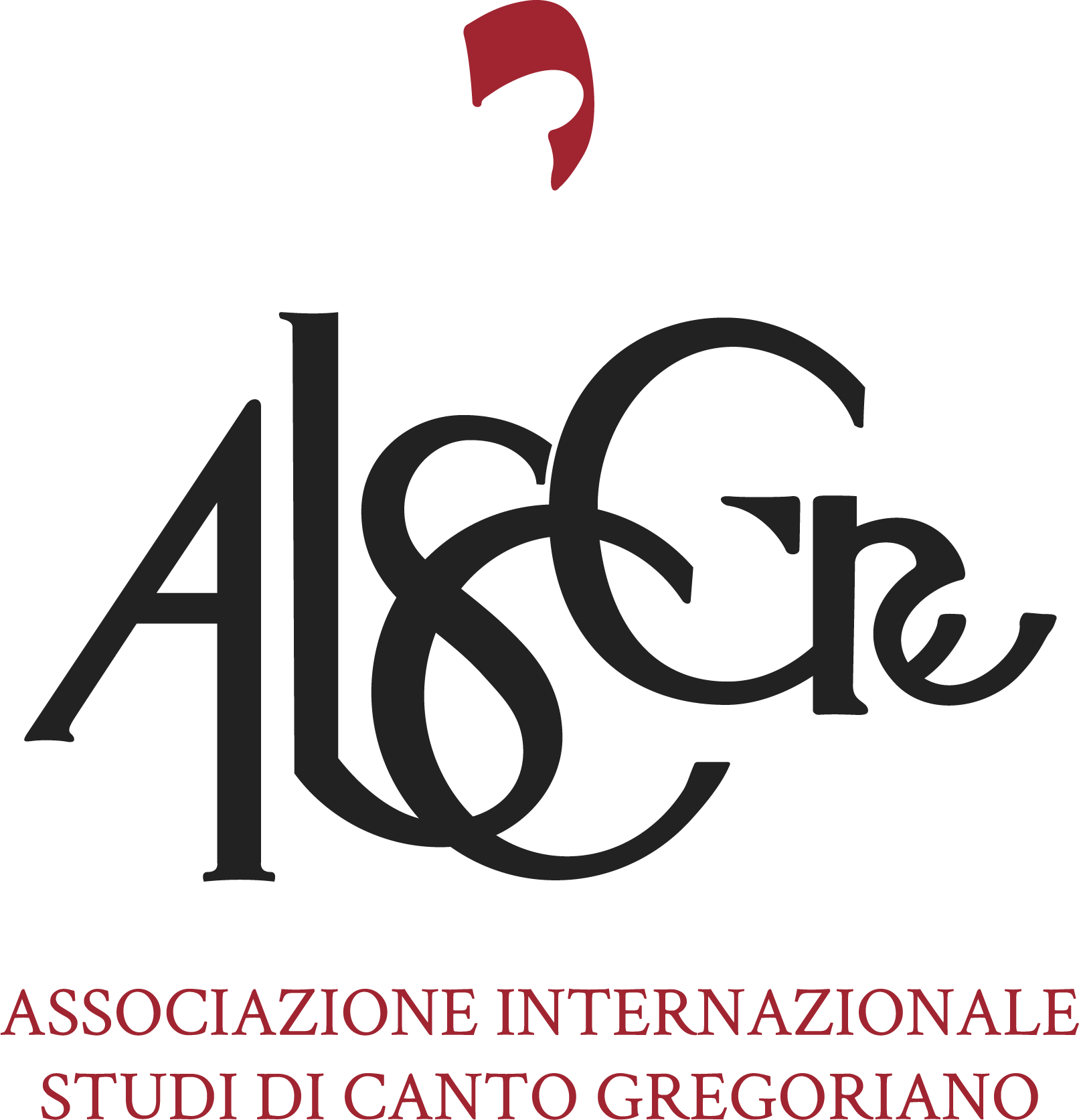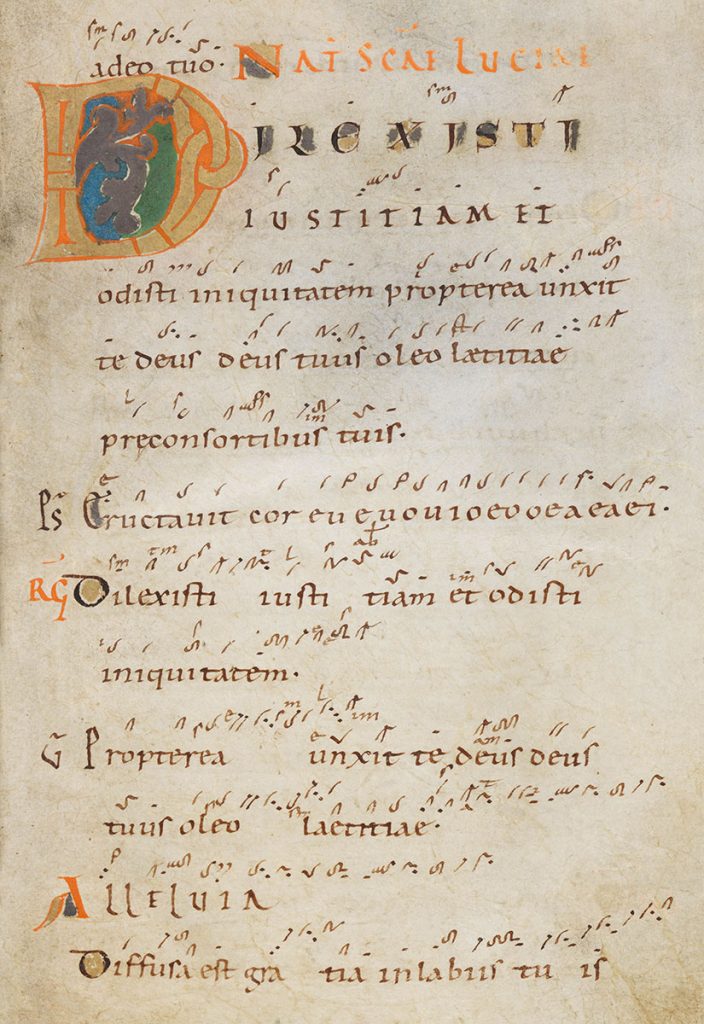The International Society for Studies of Gregorian Chant (AISCGre) was founded in Rome in 1975; its main goal is the semiological orientation of Gregorian Chant as founded by Eugène Cardine. AISCGre focuses on research, teaching and praxis.
AISCGre has 550 members (individuals and institutions) in 28 countries. Everyday life happens in five geographic or linguistic sections. Collaboration among these sections finds various expressions, among others in the organisation of the International Congress of AISCGre.

